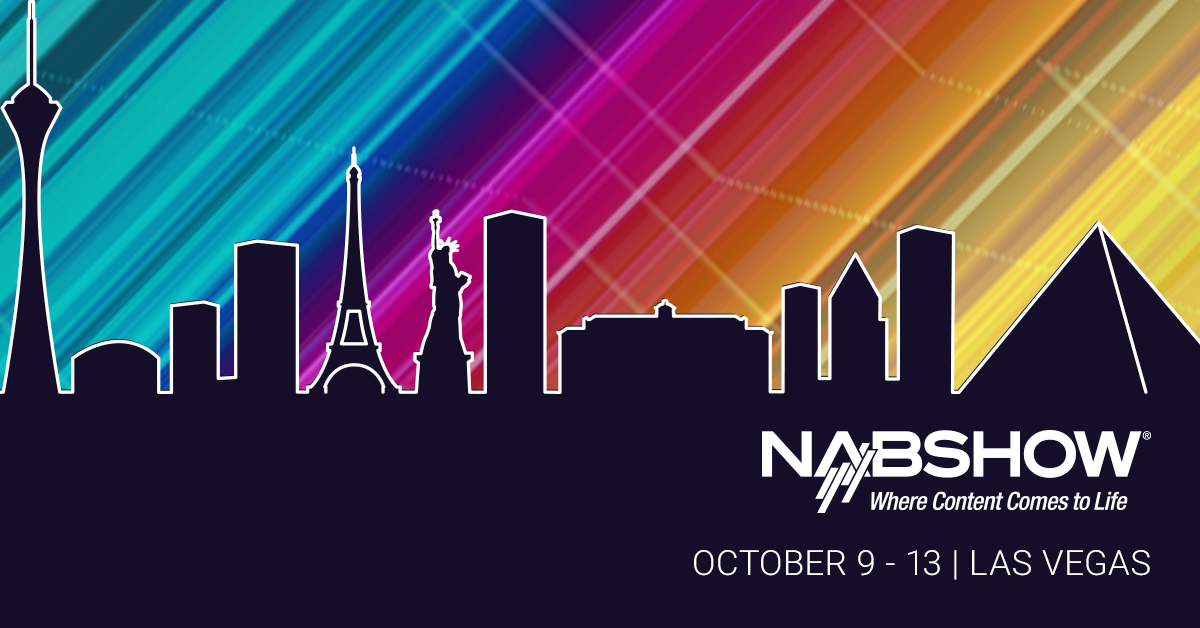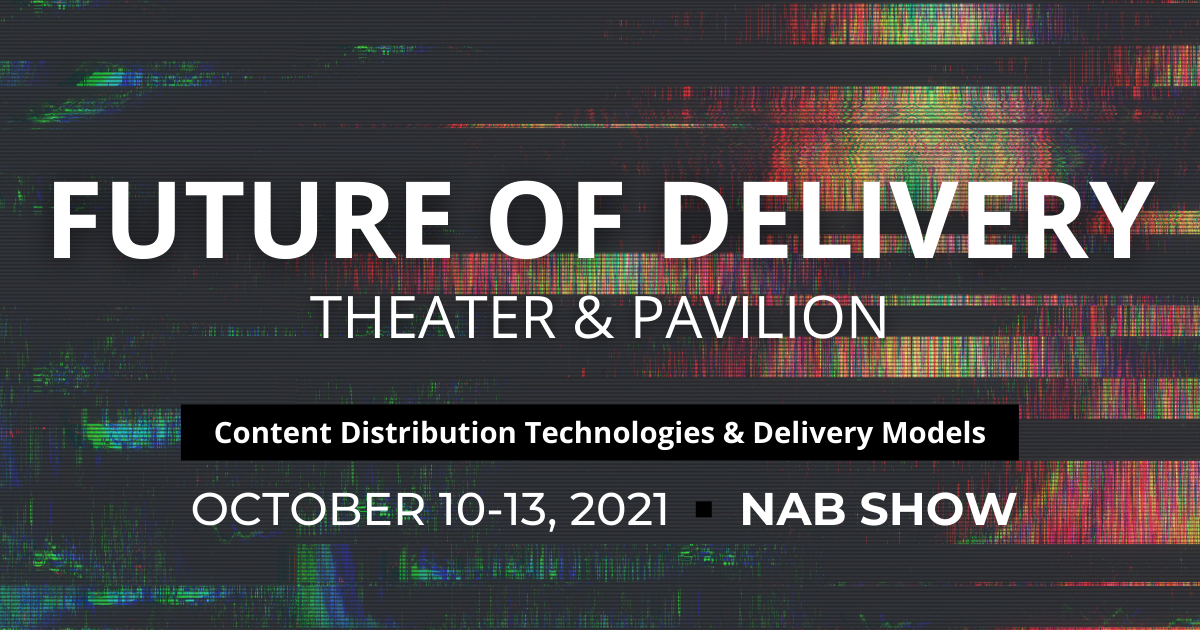
OTT video has never been more critical for content creators than it is right now. Obvious, right? The next trick is to monetize that online audience.
First, some numbers. In its 2020 State of Online Video report, Limelight found that online video consumption is increasing across all age groups with the largest increases seen in people more than 46 years old.
READ MORE: The State of Online Video 2020 (Limelight Networks)
Streaming is no longer just a young person’s game with the pandemic accelerating the adoption of technology by the elder generation.
Moreover, Grand View Research reports that the global smart TV market is expected to expand at a compound annual growth rate of 20.8% from 2021 to 2028. That’s a massive number of new households that are Wi-Fi enabled and ready to welcome digital video from all corners of the internet.
CRUSHING IT IN THE CREATOR ECONOMY:
The cultural impact a creator has is already surpassing that of traditional media, but there’s still a stark imbalance of power between proprietary platforms and the creators who use them. Discover what it takes to stay ahead of the game with these fresh insights hand-picked from the NAB Amplify archives:
- The Developer’s Role in Building the Creator Economy Is More Important Than You Think
- How Social Platforms Are Attempting to Co-Opt the Creator Economy
- Now There’s a Creator Economy for Enterprise
- The Creator Economy Is in Crisis. Now Let’s Fix It. | Source: Li Jin
- Is the Creator Economy Really a Democratic Utopia Realized?
“The accelerated demand for smart TVs has paved way for lucrative opportunities for content providers to venture into the OTT space, which is allowing them to distribute original content via the internet,” GVR states.
READ MORE: Smart TV Market Size, Share & Trends Analysis Report By Resolution (4K UHD TV, HDTV, Full HD TV, 8K TV), By Screen Size, By Screen Type (Flat, Curved), By Region, And Segment Forecasts, 2021 – 2028 (Grand View Research)
The researcher finds the use of Android as an OS by various smart TV providers has made it easy for users to access major OTT platforms such as Netflix, Hulu, and YouTube. Additionally, the Google platform also provides access to major Android-based applications, such as Facebook, Twitter, and Google Play.
What that translates to for content creators, according to George Meek, CEO at monetization and subscriber management platform InPlayer, is a gigantic new audience made up of a wide variety of demographics, viewers with many backgrounds and interests — many of which have nothing to do with what you’ll find on a major subscriber platform.
Writing a column at Streaming Media, Meek notes that a whopping 83% of consumers worldwide prefer YouTube — a free site — to watch video content.
READ MORE: Why Content Creators Need to Embrace OTT (Streaming Media)
“This means every content creator with a captive audience needs a plan of attack to develop and monetize video content,” he argues.
This plan might revolve around answers to the following questions: How strong is my existing audience? What do I need to do to build a virtual fan community? How can I leverage my premium and exclusive content to expand my brand? How can I leverage YouTube to build my own business? What technologies are available to help streamline all of these processes? And is a subscription or pay-per-view revenue model going to be more lucrative in the long run?
“Whether you’re a brand selling a product, a band streaming garage concerts, or a bartender posting mixologist tutorials, the opportunities to capture mass attention with thoughtful video content have never been greater. Recognizing you need to embrace OTT is half (or at least a part of) the battle, though.”




